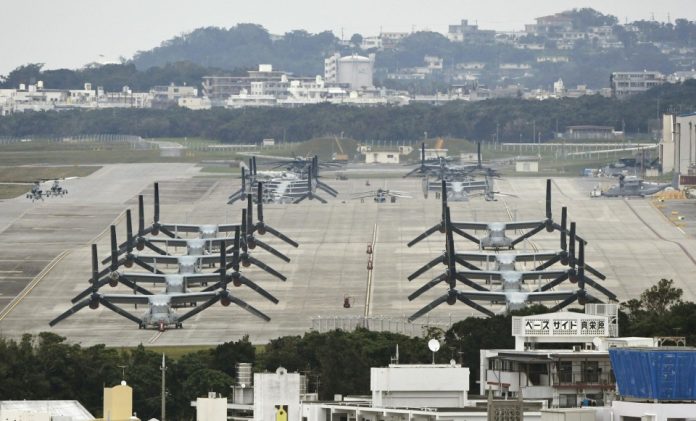Japan provides a base for the United States to project its military power in Asia, allowing it to deploy thousands of troops, aircraft and Washington’s only forward-deployed aircraft carrier strike group.
The US and Japan set to announce on Sunday the first concrete steps to modernise their military’s command in Japan, a milestone on the road to a stronger military ties. The changes in co-operation between the two countries come as Tokyo plans to establish a joint headquarters to oversee its armed forces by March. Tokyo seeks better coordination with Washington in response to growing regional threats from China and North Korea.
This is a strategy predicated on building collective capacity with allies and partners, encouraging them to step up in innovative ways, said Mira Rapp-Hooper, White House senior director for East Asia.
US Secretary of State Antony Blinken and Defence Secretary Lloyd Austin are going to hold talks with Japanese Foreign Minister Yoko Kamikawa and Defence Minister Minoru Kihara on Sunday. According to a US spokesperson in a briefing before the talks, “Secretary Austin plans to announce that the United States intends to reconvene U.S. Forces Japan as a Joint Force Headquarters,” Reuters reported.
Separately, the ministerial talks between the US and Japan will also include the topic of extended deterrence, which implies a US commitment to use its nuclear forces to deter attacks on allies. Tokyo is shifting away from decades of post-war pacifism amid China’s military development. For instance, Japan announced in 2022 it would increase defence spending sharply by more than 60%, to 2% of gdp by 2027, and acquire long-range missiles capable of reaching mainland China, but for the foreseeable future it will only be able to launch such long-range strikes with intelligence and other support from the US.
The modernisation of the US Armed Forces in Japan, based at Yokota Air Base outside Tokyo, aims to give it powers similar to those of Japan’s New Joint Operational Command. The commander of US forces in Japan will eventually receive additional authority and staffing to enhance operational co-operation. The new US staff will come into being in phases, and there are many unanswered questions in the process: the size of the command, its authority, location and area of responsibility, and the extent to which other allies in the Indo-Pacific region will be involved in operations, The Economist said.
Defence officials said details of the modernised command had not yet taken shape, but indicated the effort was underway in consultation with Tokyo and Washington. However, Washington also eager to tap Japanese industry to help ease pressure on US defence companies strained by conflicts in Ukraine and the Middle East.
The Biden administration is pushing for deeper co-operation between Tokyo and Seoul, previously hampered by tensions dating back to Japan’s 1910-1945 occupation of Korea. This weekend, for example, Tokyo will also host a trilateral meeting of US, Japanese and South Korean defence ministers, marking the first trip by a South Korean defence minister to Japan in 15 years.
